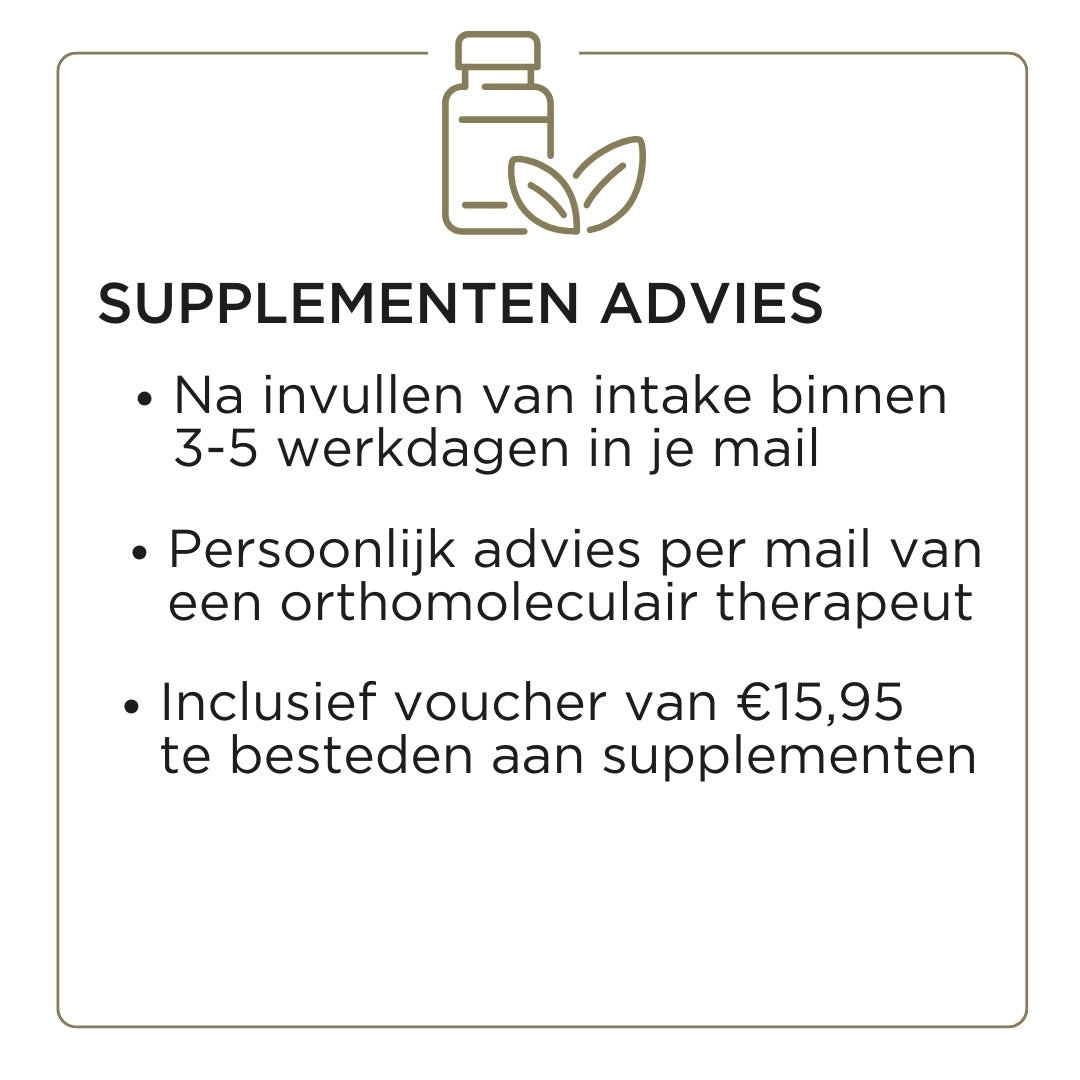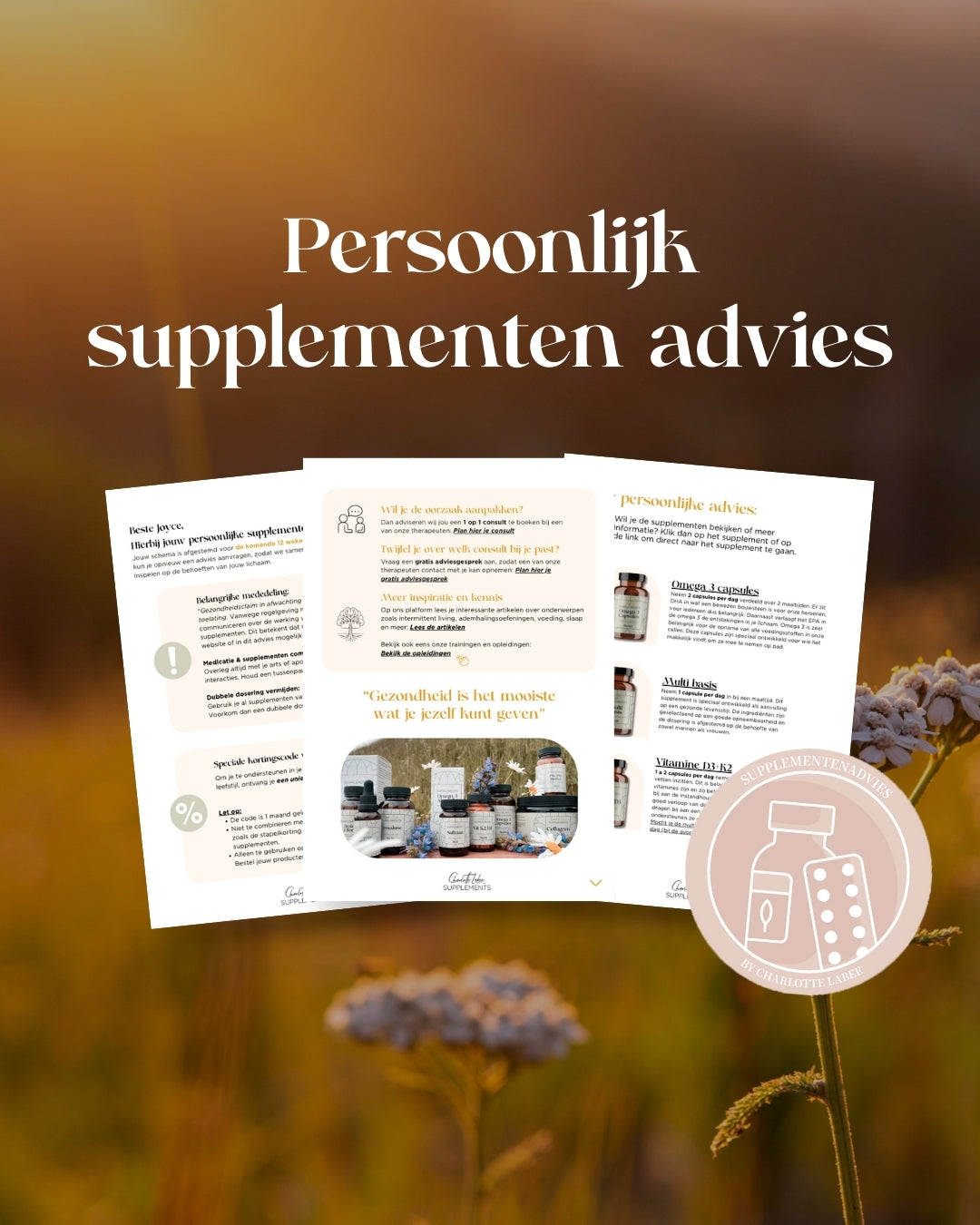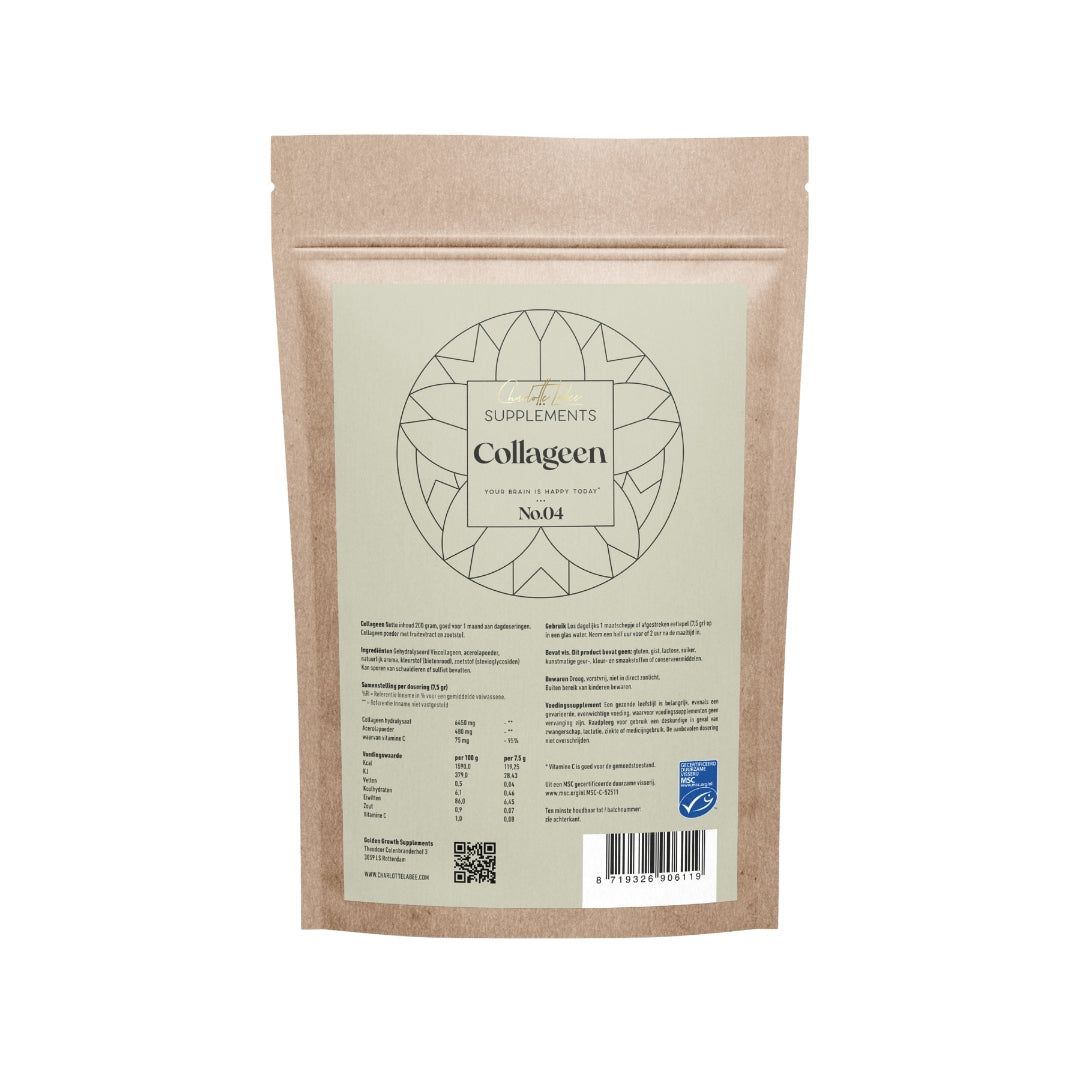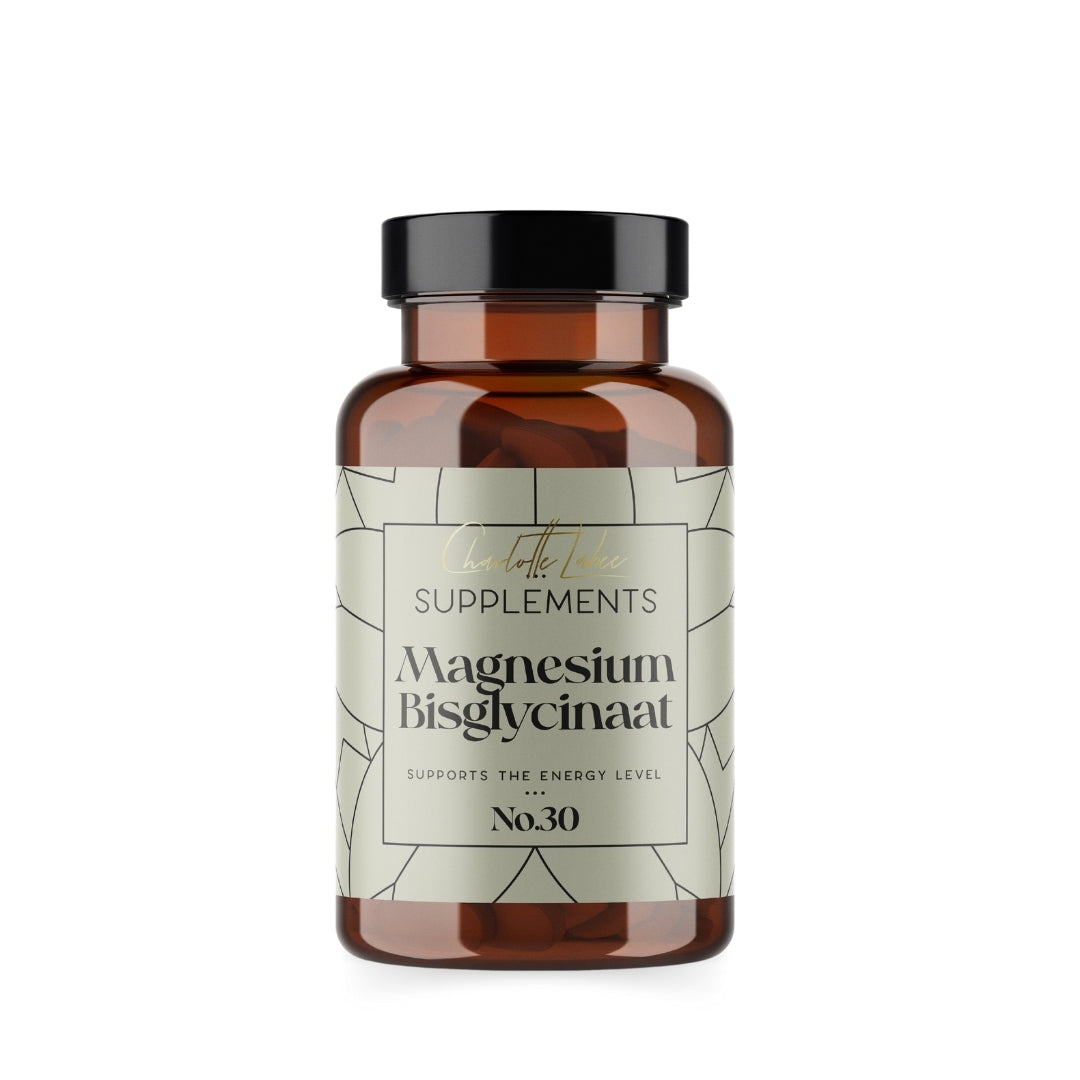Als vrouw ben je waarschijnlijk wel bekend met de ups en downs van je menstruatiecyclus. Elke maand gaat gepaard met een reeks fysieke en emotionele veranderingen die je leven kunnen beïnvloeden. Voeding kan een grote invloed hebben op hoe je je voelt tijdens de verschillende fasen van deze cyclus. Laten we eens kijken naar hoe je je voeding kunt afstemmen op je menstruatiecyclus om je lichaam optimaal te ondersteunen.
Fase 1: Menstruatie
Een nieuwe cyclus begint op de eerste dag van je menstruatie. Deze fase duurt gemiddeld 3 tot 7 dagen. Veel vrouwen ervaren tijdens deze periode krampen, vermoeidheid en stemmingswisselingen.
Voeding tijdens de menstruatie fase
Het is belangrijk om voeding te eten die je energie geeft. Denk aan voedingsmiddelen die rijk zijn aan ijzer, zoals rood vlees, gevogelte, bonen en donkere bladgroenten. IJzerrijke voeding kan nuttig zijn om de inname tijdens de menstruatie aan te vullen.
Voedingsmiddelen die rijk zijn aan magnesium, zoals noten, zaden, cacao, volle granen en groene bladgroenten, worden vaak gekozen in het kader van ontspanning en comfort tijdens de menstruatie. Zorg ook voor voldoende hydratatie.
Daarnaast is het zinvol om voldoende eiwitten en omega-3 vetzuren binnen te krijgen — iets wat in elke fase van je cyclus belangrijk is.
Bij aanhoudende klachten zoals migraine of extreme menstruatiepijn is het verstandig om professioneel advies in te winnen. Onze therapeuten staan klaar voor een gratis telefonisch consult.
Fase 2: Folliculaire fase
Deze fase duurt gemiddeld 10 tot 14 dagen. Het oestrogeenniveau stijgt, vaak samen met een toename van energie en een beter humeur.
Voeding tijdens de folliculaire fase
Tijdens deze fase is het slim om voeding te kiezen die rijk is aan vitamine E, D en beta-caroteen. Deze stoffen komen voor in:
-
Vitamine D: vette vis, eigeel, paddenstoelen, schelpdieren
-
Vitamine E: amandelen, zonnebloempitten, groene bladgroenten, avocado, olijfolie
-
Beta-caroteen: wortels, paprika’s, pompoen, spinazie, boerenkool
Fase 3: Ovulatie
Rond dag 14 komt de volgroeide eicel vrij.
Voeding tijdens de ovulatie fase
Voedingsmiddelen rijk aan B-vitaminen en zink zijn waardevol in deze fase.
-
B-vitaminen: groene bladgroenten, volle granen, eieren, vlees
-
Zink: pompoenpitten, vis, vlees, gevogelte
Fase 4: Luteale fase
Deze fase duurt 10 tot 14 dagen en wordt vaak gekenmerkt door schommelingen in stemming of energie.
Voeding tijdens de luteale fase
Kies voor complexe koolhydraten en eiwitten om je bloedsuikerspiegel in balans te houden. Denk aan zoete aardappel, volle granen, peulvruchten.
Kruisbloemige groenten zoals broccoli, bloemkool, spruitjes, rucola en boerenkool worden vaak genoemd in relatie tot hormonale balans. Vermijd bij voorkeur sterk bewerkte voeding, suiker en alcohol in deze fase.
Samenvatting
Eten volgens je menstruatiecyclus kan helpen om je lichaam op natuurlijke wijze te ondersteunen. Iedere fase vraagt net wat anders: van ijzer en magnesium tijdens je menstruatie tot B-vitaminen en zink rond je ovulatie. Let in de luteale fase extra op stabiele bloedsuikerspiegels en ondersteun je lichaam met voedzame keuzes.
Jouw natuurlijke cyclus kan als innerlijke gids fungeren. Door je hormonen te begrijpen, kun je je voeding en leefstijl daarop afstemmen. Wil je hier meer over leren? Download het e-book ‘Leven volgens je cyclus’ via de link.








